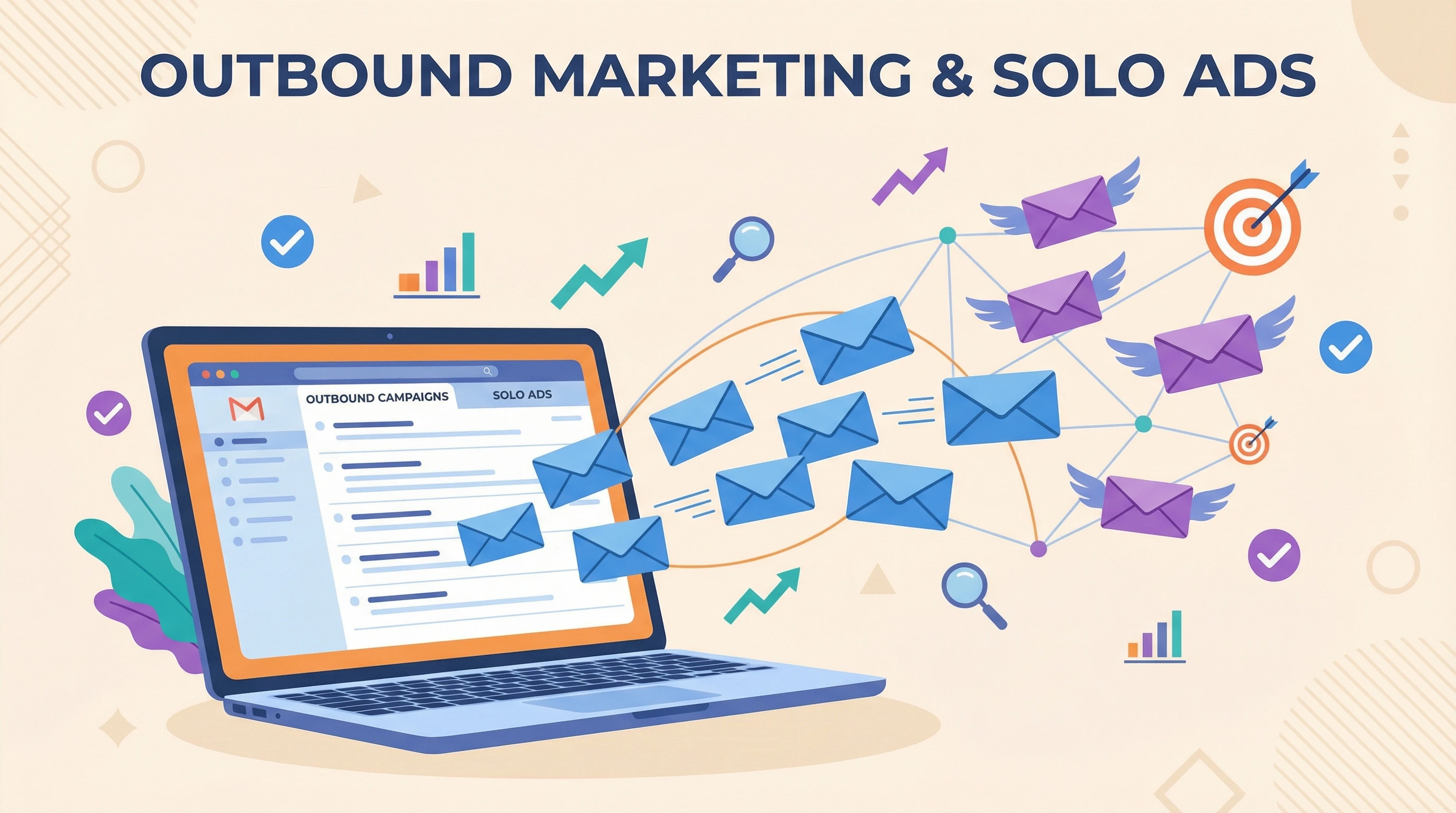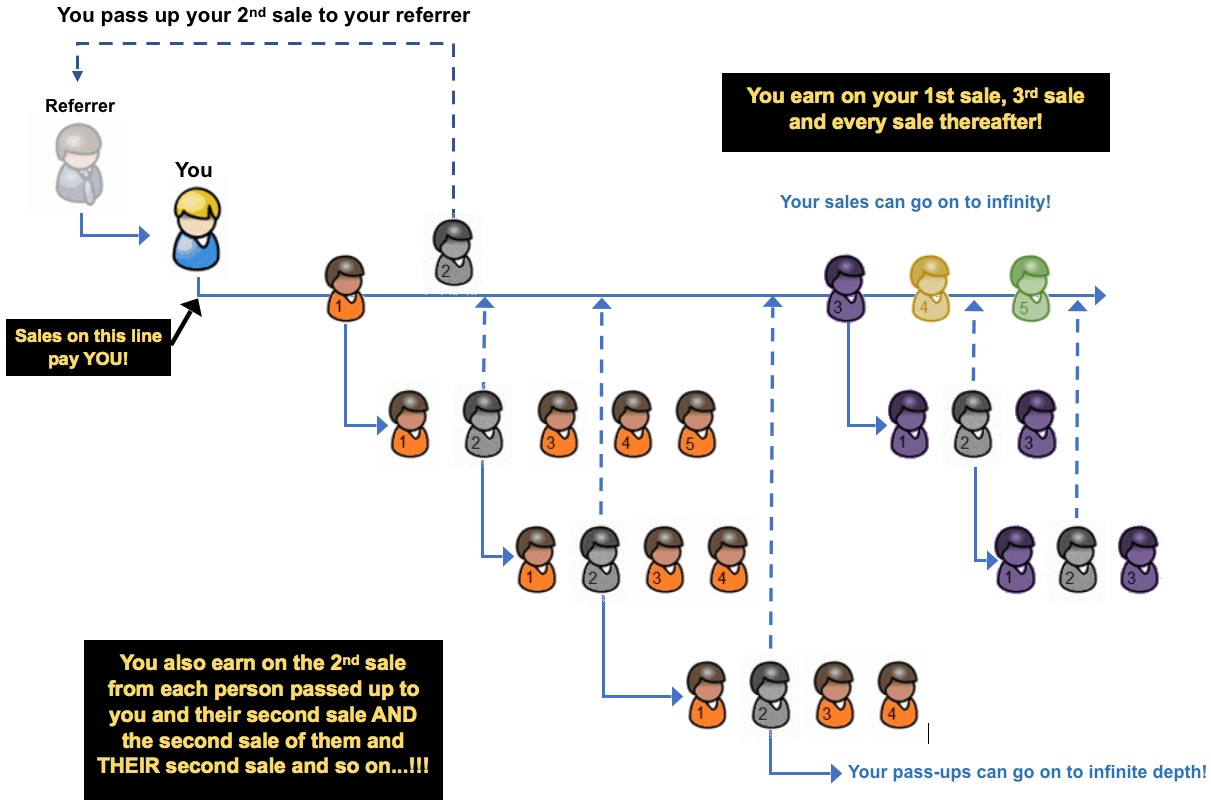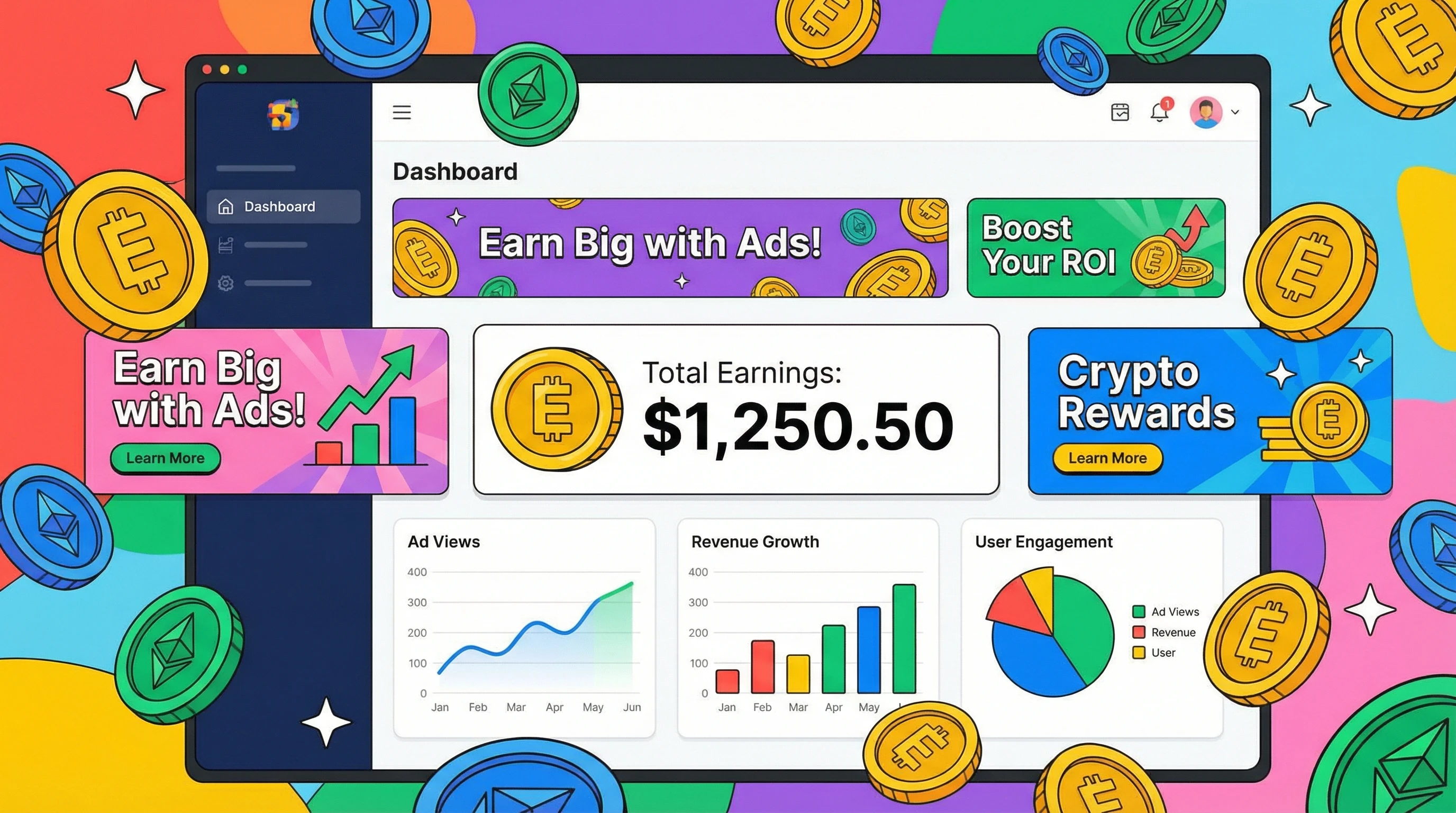 If you’ve browsed for ways to get fast traffic to your online business, you’ve probably stumbled across the term “solo ads.” I remember feeling pretty overwhelmed at first, wondering if this was legit, or just another buzzword that promised results but never delivered. After a handful of tests (and yes, mistakes), I realized solo ad marketing can actually work, but only if you approach it the right way.
If you’ve browsed for ways to get fast traffic to your online business, you’ve probably stumbled across the term “solo ads.” I remember feeling pretty overwhelmed at first, wondering if this was legit, or just another buzzword that promised results but never delivered. After a handful of tests (and yes, mistakes), I realized solo ad marketing can actually work, but only if you approach it the right way.
My own search for reliable solo ad traffic is what eventually landed me on platforms like UDIMI, where I could actually compare reviews and feedback before risking my cash. If you’re thinking of giving solo ads a go, here’s everything I wish I’d known before my first campaign.
Why Solo Ad Marketing Trips Up Most Beginners
Solo ads are pretty tempting. You pay someone with a big email list in your niche, and they blast your link to their audience. In theory, it’s fast, simple, and skips most of the hard work of building a list yourself. But here’s where most people get it wrong:
- They jump in blind without researching the solo ad vendor first.
- They buy traffic for the wrong kind of offer (expecting sales from cold leads).
- They don’t measure or track their results, so they have no idea what actually worked.
- They end up blaming solo ads as a scam and give up.
I’ve learned that careful research helps steer clear of useless traffic and wasted money. Platforms that let you see real reviews, like UDIMI, make it easy to check how previous buyers rated their experience before making an order.
What Are Solo Ads (And How Do They Work)?
Solo ads are a type of email-based advertising where you pay someone (usually called a “vendor”) to send your offer to their email list. Unlike general email blasts, your message is the only promotion inside the email, which is why it’s called a “solo” ad.
The process is usually pretty straightforward:
- Pick a solo ad vendor: Someone with a list of people interested in your niche.
- Choose how many clicks to buy: Most vendors price by guaranteed clicks, not by emails sent.
- Send over your link: Lots of folks use an optin page to collect emails, not just direct sale pages.
- The vendor schedules and sends the email: Their list receives your message, and you (hopefully) get traffic and leads coming in.
This isn’t “set and forget.” You’ll want to monitor results and tweak your approach based on the quality of the traffic you’re getting. Sometimes, small changes in your optin page or follow-up sequence make a big difference in how many subscribers stick around.
What to Look for in a Quality Solo Ad Vendor
Choosing the right vendor has the biggest impact on your results. I’ve made some costly mistakes here, paying for “cheap” clicks that turned out to be bot traffic or uninterested subscribers. Before buying from anyone, I always check for:
- Reviews and Reputation: On platforms like UDIMI, you can see feedback from real buyers. Look for high ratings on traffic quality and genuine testimonials.
- Responsiveness: Good vendors answer questions and aren’t pushy about you “buying now.”
- Transparency: Sellers should clearly describe their audience type (such as personal development, health, online marketing, etc.).
- Tier 1 Traffic: This means most traffic comes from English-speaking countries like the USA, Canada, UK, and Australia. This usually converts best for most offers.
If a vendor refuses to answer questions or has loads of complaints in their reviews, that’s a big red flag. I stick to vendors with plenty of positive, recent feedback. Asking about their list and reading customer experiences can save you both time and money.
How to Set Up Your Solo Ad the Right Way
The mechanics are pretty simple, but I always focus on a few steps that make life easier, and your ad spend more worthwhile.
- Use an optin or landing page: I almost never direct solo ad traffic straight to sales pages. A simple squeeze page that offers a freebie (like an ebook or checklist) tends to work way better.
- Keep the message short and clear: Don’t overcomplicate your offer. The goal is just to get the visitor’s email and deliver value early.
- Track your clicks: URL tracking tools help see where your clicks are really coming from, and if you’re actually getting the number you paid for.
- Follow up quickly: Get your autoresponder ready so new leads get a welcome email or value right away.
This setup isn’t just less risky; it also gives you a real asset you can email later—your growing subscriber list. Over time, you can nurture these subscribers and build trust, which makes them more likely to buy from you in the future.
Why Reviews and Reputation Matter So Much (UDIMI Makes This Easier)
One of the early problems I faced was not knowing if the vendor I found on a random forum was actually good. With solo ads, you can’t see the traffic quality until after you’ve paid. A marketplace like UDIMI is especially handy here, since it features:
- Verified buyer reviews, showing traffic quality and overall satisfaction.
- Refund protection, so you don’t lose cash on fake or missed clicks.
- Built-in tracking, so you can see exactly how many real, unique clicks you got.
I always recommend sticking to platforms with these features, as it cuts down on risk. You can quickly spot which sellers treat their buyers right and avoid those that have many complaints. Seeing honest reviews also helps you figure out which vendors match your style of offer.
What Results Can You Expect with Solo Ads?
Solo ads are never a magic bullet. Sometimes you’ll score a streak of great leads, while other times, you’ll see low-quality signups or folks who just want your freebie. Here’s how I set expectations for myself:
- Don’t expect instant sales; use solo ads to build your list first.
- Test with small orders first, then scale up with vendors who deliver real leads.
- Keep adjusting your landing page and follow-up emails for better conversions.
- Always track costs per lead, not just clicks.
If you approach it as a way to quickly build an email list (not just make sales overnight), you’ll feel a lot less disappointed and pick up valuable subscribers for future promos. For many online business owners, solo ads are a way to set the stage for bigger campaigns down the road.
How I Got the Best Out of Solo Ad Marketing
After some trial and error, I set a basic checklist for every solo ad campaign:
- I only buy from vendors with plenty of positive, fresh reviews.
- I run small test orders—usually 50 to 100 clicks—before ever scaling up.
- I measure every campaign: who opts in, who unsubscribes right away, and who actually opens future emails.
- If a vendor’s traffic brings mostly fake emails or bounce backs, I cut my losses and move on.
This routine helped me avoid most common traps, and I steadily built a legit, responsive email list I could market to again and again. Patience, regular tracking, and sticking to what works are the keys—don’t be afraid to tweak your strategy after each run.
Solo Ad Marketing: Worth Trying?
- No technical knowledge needed. You just pick an offer, a vendor, and track your results.
- Affordable entry. You can test with small traffic buys and scale up with what works.
- Fits almost any niche, but works best for online business, MMO (make money online), personal development, and similar spaces.
With the right solo ad vendor and a good optin page, you can grow your email list faster than most other paid strategies. Just stick to trusted platforms with real reviews (like UDIMI), keep an eye on your stats, and be ready to adjust. That’s how I built my first real list, even on a tight budget.
Bottom line: Solo ad marketing isn’t perfect, but it’s a direct way to jumpstart your subscriber base. Take it slow, track your numbers, and, above all, learn from each campaign. With enough testing and a sharp eye for vendor quality, solo ads can definitely give your online business the boost it needs.

I have been a network marketing professional and niche blogger for more than 15 years. I have successfully promoted dozens of companies online via email and search engine traffic. I live in southwest Florida where the weather is great and the economy is even better. If you are interested in learning how to generate a full-time income promoting other people’s digital products visit the home page at www.easyaffiliateprograms.com




 If you’re tired of trying to make money online and getting nowhere, you’re definitely not alone. I used to jump into online business systems full of hope, just to hit a wall after a few days. It seemed like everyone else had some secret code for building an income stream online, except me.
If you’re tired of trying to make money online and getting nowhere, you’re definitely not alone. I used to jump into online business systems full of hope, just to hit a wall after a few days. It seemed like everyone else had some secret code for building an income stream online, except me.








